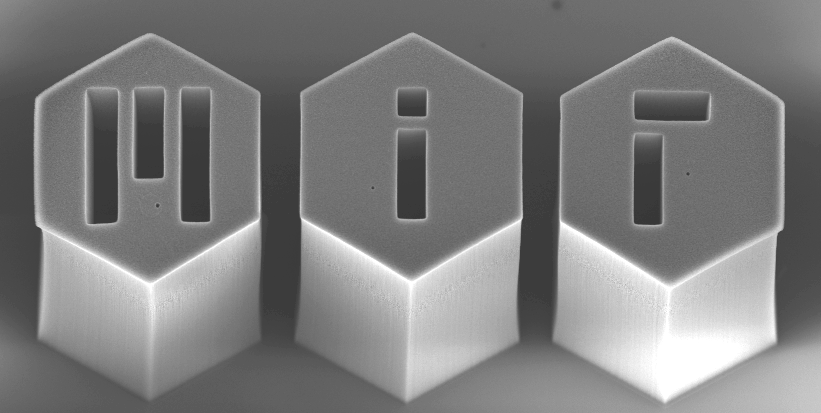M. De Volder, S.J. Park, S. Tawfick, A.J. Hart. Journal of Micromechanics and Microengineering 21:045033, 2011. [http://dx.doi.org/10.1088/0960-1317/21/4/045033]
[PDF]
Vertically aligned carbon nanotube (CNT) ‘forest’ microstructures fabricated by chemical vapor deposition (CVD) using patterned catalyst films typically have a low CNT density per unit area. As a result, CNT forests have poor bulk properties and are too fragile for integration with microfabrication processing. We introduce a new self-directed capillary densification method where a liquid is controllably condensed onto and evaporated from the CNT forests. Compared to prior approaches, where the substrate with CNTs is immersed in a liquid, our condensation approach gives significantly more uniform structures and enables precise control of the CNT packing density. We present a set of design rules and parametric studies of CNT micropillar densification by self-directed capillary action, and show that self-directed capillary densification enhances Young’s modulus and electrical conductivity of CNT micropillars by more than three orders of magnitude. Owing to the outstanding properties of CNTs, this scalable process will be useful for the integration of CNTs as a functional material in microfabricated devices for mechanical, electrical, thermal and biomedical applications.
Disclaimer: The PDF document on this webpage is provided for educational and personal purposes alone and is subject to copyrights of the publisher.

